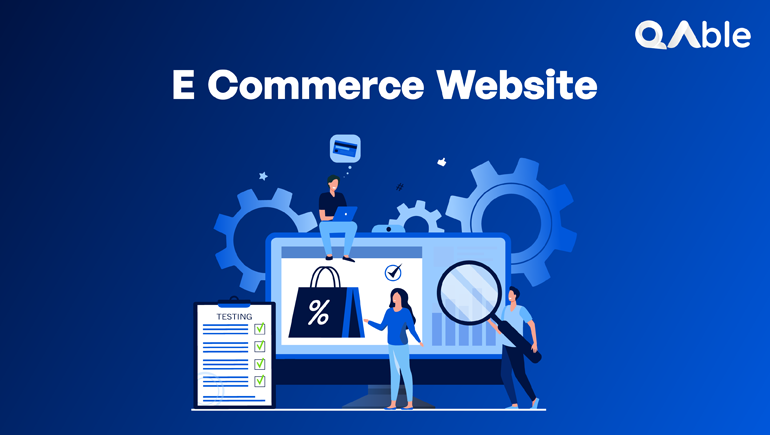Charting the E-commerce Path for Local Businesses
Why E-commerce Matters for Local Businesses
In today’s digital world, an online presence isn’t just an option—it’s a necessity. This especially holds for local businesses looking to extend their reach. An e-commerce website not only allows you to sell products or services round the clock but also offers a rich trove of customer data. These insights can enable a deeper understanding of buying behaviors and preferences, helping to refine offerings and marketing strategies.
Building Blocks of a Successful E-commerce Website
User-Friendly Design: The Cornerstone of Engagement
An intuitive, aesthetically pleasing design forms the foundation of any successful e-commerce website. Visitors should be able to navigate your site effortlessly, find products easily, and complete purchases without friction. An efficient design could mean the difference between a one-time visitor and a loyal customer. Carefully consider elements like site layout, product categorization, shopping cart design, and checkout processes to provide a superior user experience.
Secure Payment Gateways: Building Trust and Loyalty
Establishing trust with your customers is integral to e-commerce success. Ensuring secure transactions through reliable payment gateways is a crucial part of this trust-building process. Cater to a broad customer base by offering diverse payment options like credit and debit cards, e-wallets, bank transfers, and cash on delivery where applicable.
Loading Speed: The Fast Track to Customer Satisfaction
Nothing frustrates online shoppers more than slow loading speeds. Research suggests that even a one-second delay in page load time can lead to a 7% loss in conversions. Prioritize enhancing your site’s loading speed by compressing images and videos, reducing server response times, leveraging browser caching, and adopting a content delivery network (CDN).
Harnessing the Power of User Reviews
User reviews serve as powerful social proof, providing potential customers with unbiased evaluations of your products or services. Encourage customers to share their experiences, and feature these reviews prominently on your site. A positive review can significantly boost a product’s appeal, while constructive feedback can help identify areas for improvement.
Ensuring Website Accessibility for All
With increasing focus on inclusivity, it’s important to ensure your e-commerce website is accessible to all users, including those with disabilities. Implement accessibility features like alt text for images, video captions, easily readable fonts, and keyboard-friendly site navigation. An accessible site not only broadens your customer base but also enhances your brand’s reputation as an inclusive business.
Personalized Experiences: The New Norm
Personalization is no longer a luxury—it’s an expectation. By analyzing user behavior and leveraging customer data, businesses can deliver highly tailored shopping experiences. This could involve personal product recommendations, custom discounts, or even individualized site navigation paths. Personalized experiences can significantly enhance customer satisfaction and drive repeat purchases.
A Robust Search Function: Helping Customers Find What They Need
An efficient search function can significantly enhance a customer’s shopping experience. Incorporate intuitive features like autocomplete, filters, and related product suggestions to enable customers to quickly find what they need. A robust search function can reduce site abandonment and drive conversions.
Mobile Optimization: Catering to the On-the-go Consumer
With the explosion of mobile commerce, it’s more important than ever for e-commerce websites to be mobile-friendly. From the site layout and image sizes to navigation and checkout processes, every element of your site should offer a seamless mobile experience. Remember, a mobile-optimized site isn’t just about shrinking your desktop site—it’s about creating an intuitive, easy-to-use mobile experience.
Conclusion
Developing a successful e-commerce website can significantly boost your local business’s reach and profitability. Focus on crafting a stellar user experience, offering secure and flexible payment options, and ensuring your site is quick to load and easy to navigate. Additionally, integrate customer reviews, prioritize site accessibility, deliver personalized experiences, and make your site mobile-friendly. With the right strategies, your local business can thrive in the e-commerce space.

